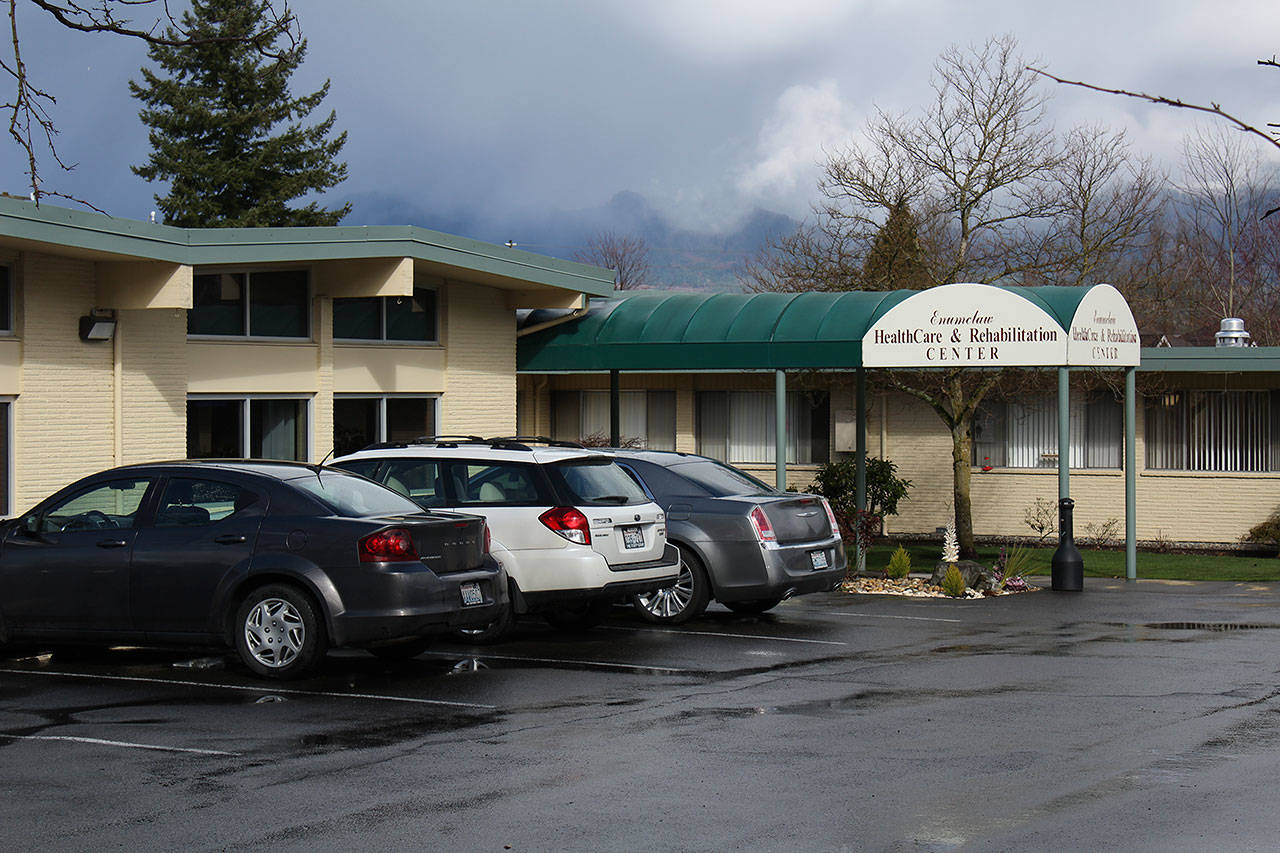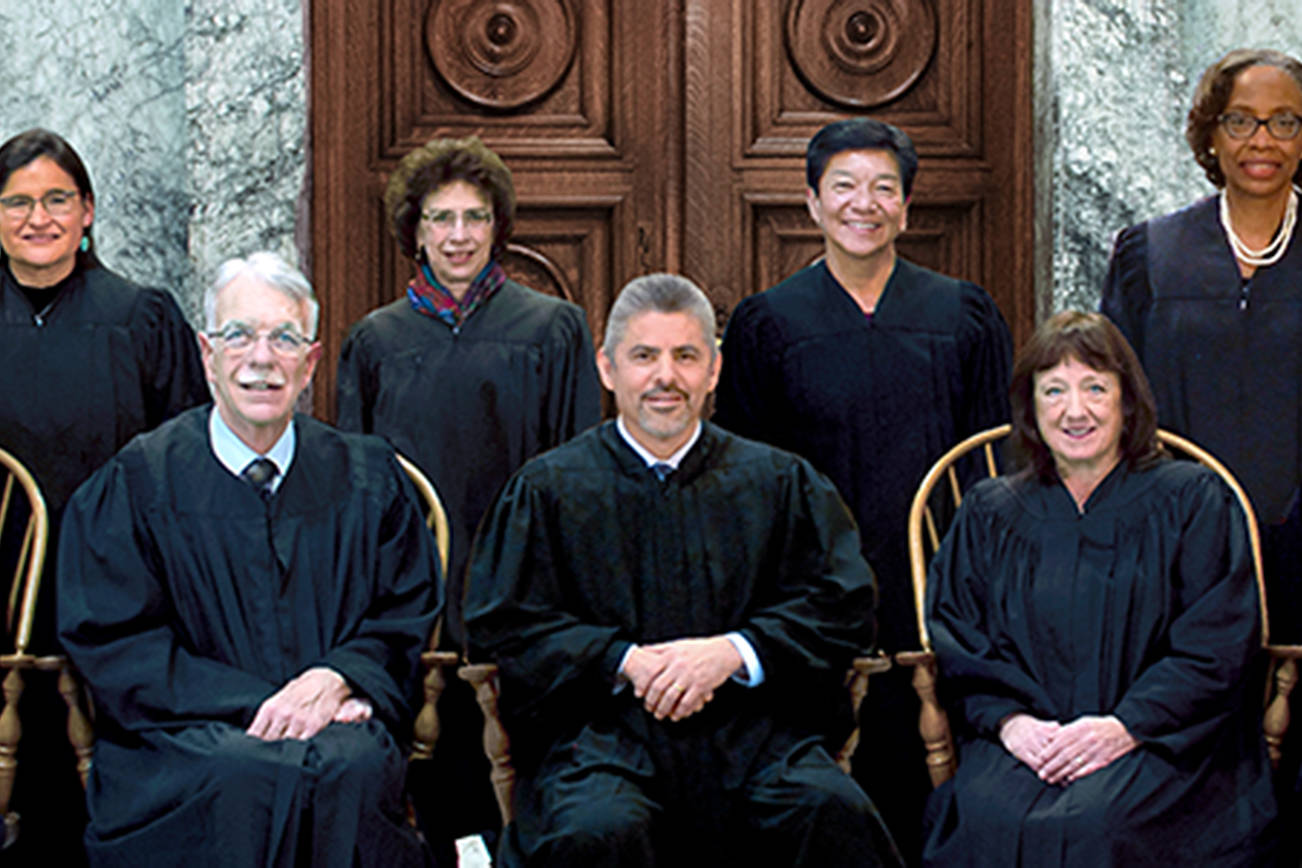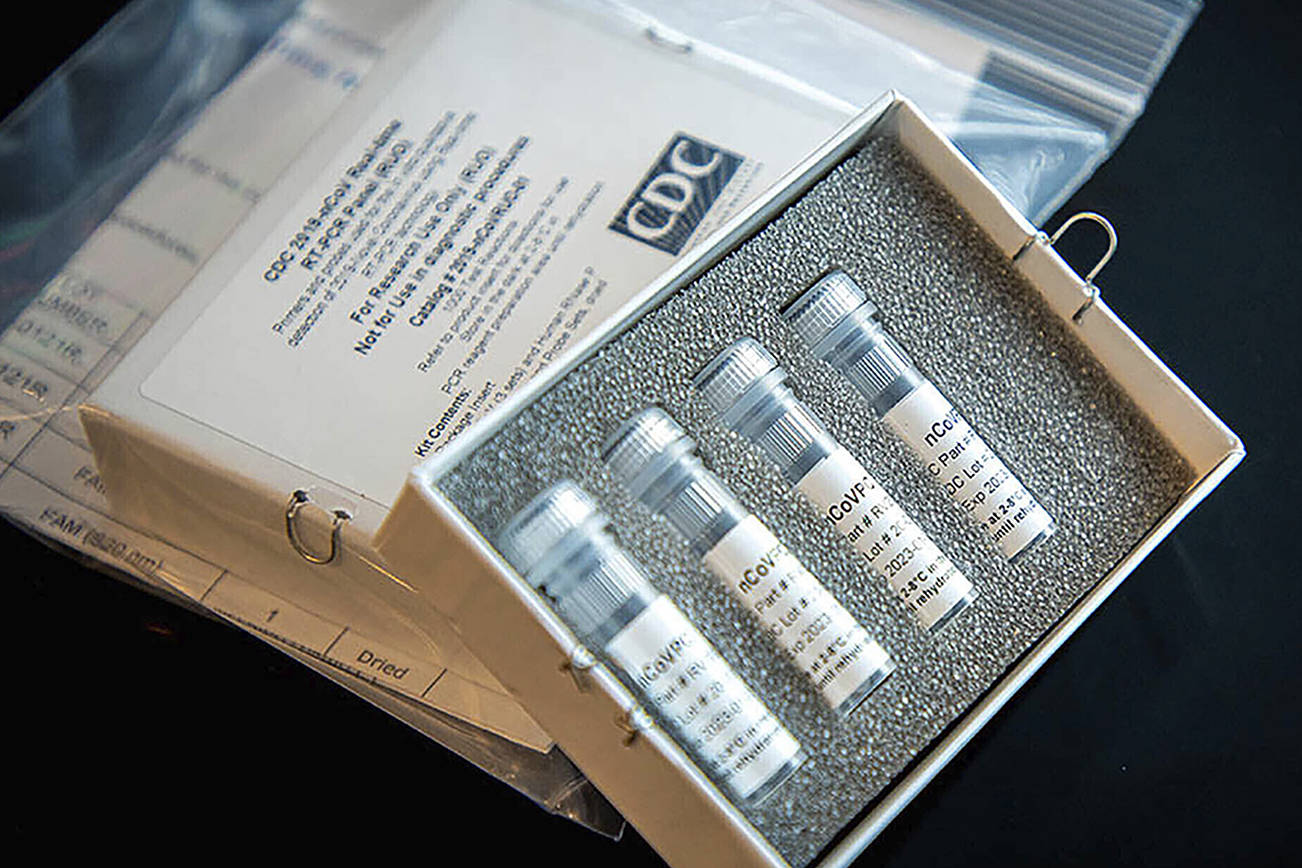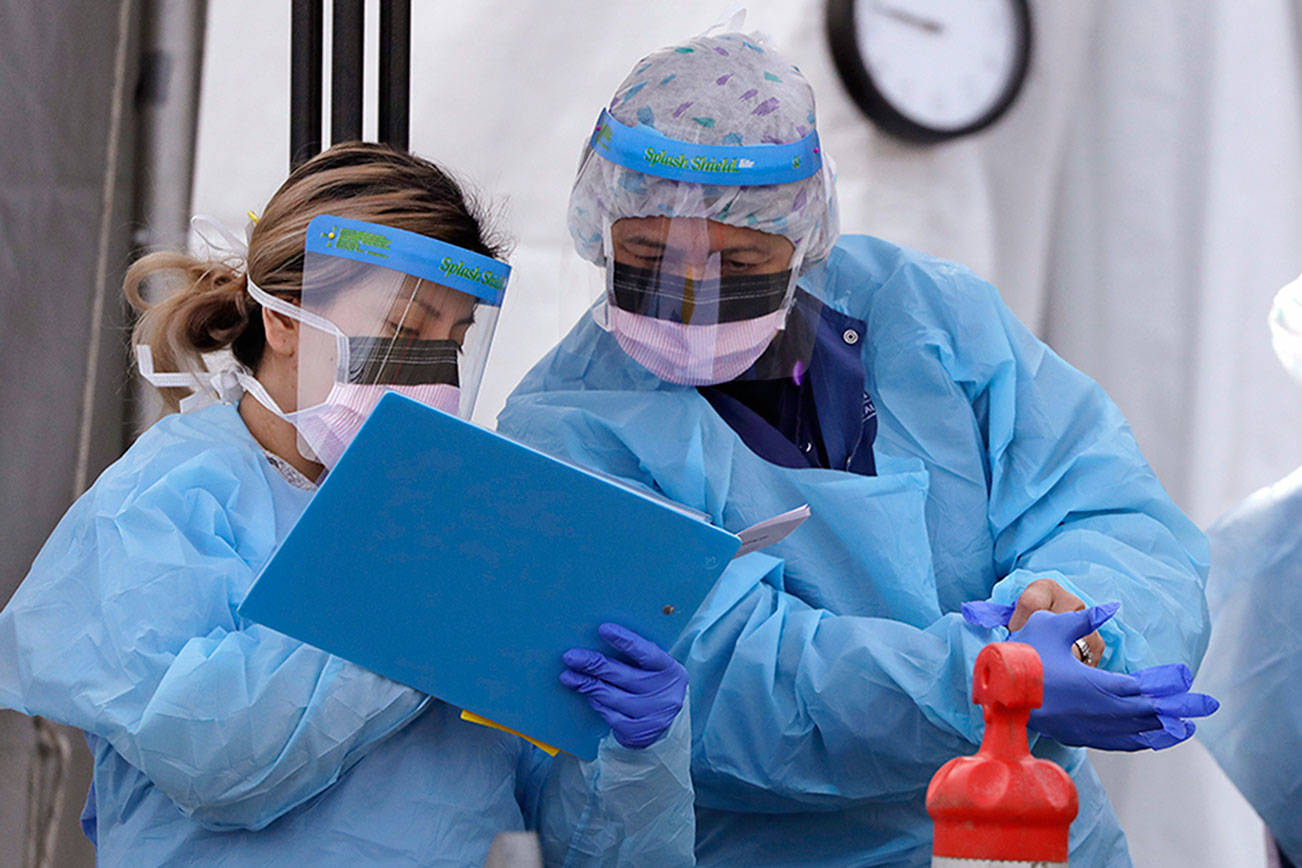Residents of Washington’s long-term care facilities will once again be able to visit friends and family members in person starting next week, Gov. Jay Inslee announced Aug. 6.
At a news conference, Inslee unveiled a four-stage reopening plan for about 4,000 nursing homes, assisted living facilities and adult family homes, clearing the way for strict visitation rules to gradually loosen up.
“Today is a big step forward for our state,” Inslee said. “It is going to allow people to visit their loved ones.”
In Phase 1, residents can have outdoor meetings twice daily, with up to two visitors per resident, as well as window visits. Indoor visits are only allowed in “compassionate care situations,” such as end-of-life circumstances. All in-person visitors must wear facial coverings and be screened for symptoms beforehand.
In Phase 2, a designated “essential support person” may visit a resident once a day if that resident can’t participate in an outdoor or remote visit, according to the guidelines.
In Phase 3, indoor visits are generally permitted, though outdoor visits remain the best option. Residents may also leave facilities in the third phase if they practice social distancing, wear a face covering and are screened for symptoms when they return.
A facility’s normal visitation rules apply in the fourth phase.
Group activity schedules won’t entirely return to normal until the fourth phase; however, some limited activities are allowed in the second and third phases.
Early in the pandemic, Inslee barred visitation at long-term care facilities. That was difficult but necessary, he said, to help blunt the spread of the novel coronavirus.
The situation is different now, he said.
“We have come far enough both in our restraint of the pandemic and in our ability to develop protocols that will work to continue to protect the physical health of our residents, while giving them much greater contact with their loved ones,” Inslee said.
Cheryl Strange, secretary of the state Department of Social and Health Services, acknowledged the hardship placed on families and thanked them for their patience and understanding.
“Some families had to endure the unthinkable,” she said, “saying goodbye to loved ones on a virtual platform like FaceTime or Zoom instead of being there at the bedside holding the hands of their loved ones.”
To move forward, a facility must go at least 28 days without a resident or staff member testing positive for COVID-19 and have at least a 14-day supply of personal protective equipment on hand. The local number of cases per 100,000 residents over two weeks must meet a certain threshold — fewer than 75 for Phase 2; fewer than 25 for Phase 3; and fewer than 10 for Phase 4.
The new rules take effect Wednesday. Visitation could begin that day in any facility in the county that meets all the requirements. Family members should check beforehand because not every place may be able to conduct visits right away.
And the prohibition will be re-imposed if there is a new positive case or other requirements are unmet.
“This is truly a very facility-specific plan,” Strange said. “It is not automatic that visitation gets opened wide up.”
Under the new rules, a facility can’t advance to a stage that exceeds its county’s current status under the governor’s reopening plan for the state. So no facility in King County can move beyond the second stage, because the county is in Phase 2 of the state’s “Safe Start” reopening process.
Across the state, coronavirus outbreaks have rocked nursing homes and assisted living facilities, where many residents are particularly vulnerable to infection because of their advanced age or underlying health conditions.
As of Tuesday, 5,694 of Washington’s COVID-19 cases and nearly 900 deaths were linked to such facilities, according to a report by the state Department of Health. That’s more than half of the statewide coronavirus death toll.
In many cases, a staff member who had COVID-19 but no symptoms brought the infection into a facility, where it rapidly spread. An estimated 30% to 50% of transmissions can occur before someone even shows symptoms, said Washington Secretary of Health John Wiesman.
But outbreaks in long-term care facilities have fallen, Wiesman said.
The state has achieved a goal it set this summer to test residents and staff of all nursing homes statewide, said Bill Moss, assistant secretary for the state’s Aging and Long-Term Support Administration.
By mid-September, Moss said, public health officials hope to have tested everyone at Washington’s assisted living facilities, too.
Rachel Riley: 425-339-3465; rriley@heraldnet.com. Twitter: @rachel_m_riley.
Jerry Cornfield: 360-352-8623; jcornfield@herald net.com. Twitter: @dospueblos.







